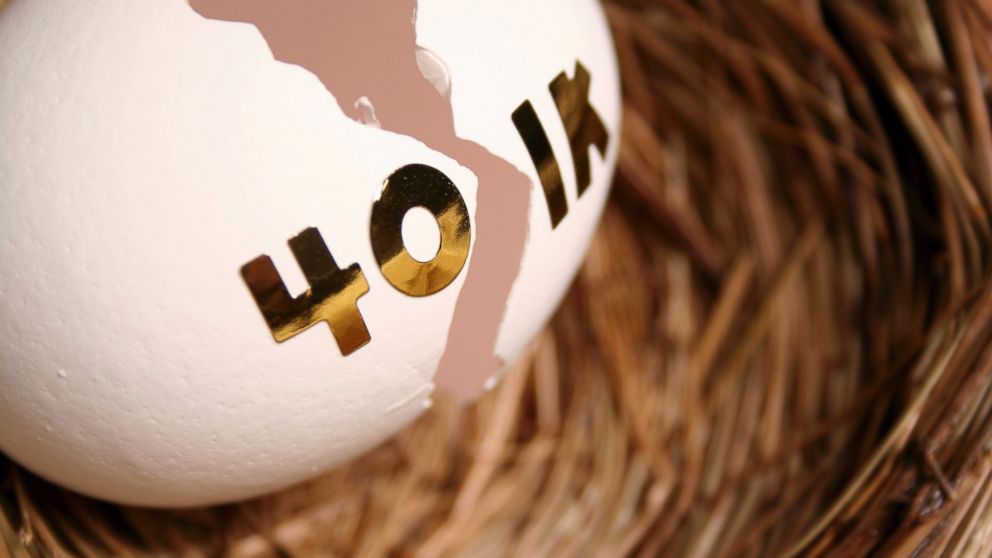OMG! What to Do When You Lose Your Employer 401(k) Match
What to do when your employer stops matching your 401(k).

Nov. 16, 2013 — -- Dear Dr. Don,
I had a 401(k) with a company match, which was going well until my employer switched owners. The new company no longer matches 401(k) contributions. Looking to take matters into my own hands, I rolled about $5,500 in my 401(k) into a Roth individual retirement account. I have not made new contributions because I'm thinking of investing elsewhere. At 24 years old, making about $40,000 a year, what should I do with my savings? I want to be steered in the right direction. How much should I save monthly and how much should I contribute to the Roth IRA? Where else can I put my money and expect a return? My credit is pretty good, as well.
Thank you,
Willy Wonders
Dear Willy,
You're on the right track. When the company stops making matching contributions, you've got to decide whether it's worth your while to continue contributing to the company's 401(k) plan, or whether it's time to explore other retirement account options for future contributions. By setting up a Roth individual retirement account you may be able to reduce the annual fees and expenses on your retirement savings going forward, and choose an account that has the investment options you're most interested in, versus the limited investment choices available in some 401(k) plans.What's good about Roth IRAs at your age and income level is that you're in a fairly low marginal tax bracket. Distributions are tax-free in retirement. I think it's a slam-dunk to contribute up to the maximum for the Roth individual retirement account. At your age that is $5,500 for the 2013 tax year. After that you can look at investing money in taxable accounts versus a tax-advantaged retirement account.
Read More on Bankrate: Retiree looks to move 401(k) money to IRA
How much should you be saving? You need to balance your current income needs against your future needs. People in their 20s have a lot to worry about, including student loans, housing and transportation expenses, to name a few. It is great that you're making your retirement income needs a priority. Money you put aside in your 20s can earn 40 or more years' worth of investment returns.
Put together a spending plan and spell out your needs for current income. Include saving for future life goals such as housing and retirement in the plan. Strike a balance between living your life now and working toward the life goals you have in the future.
What you should invest in is a bit more complicated. You want to keep an eye on fees and expenses. You want to build wealth and increase your purchasing power over time. That means you want the investments to earn more than the inflation rate.
Read More on Bankrate: How to allocate 401(k) assets
You need to decide whether you're going to get professional financial advice for investing or do it yourself. With less than $11,000 to invest in the retirement account this year, you should concentrate your investments in one or two broadly diversified, no-load mutual funds based on a stock or bond market index. That's true for the taxable account, too. It's hard for me to commit to bond funds now because longer-term interest rates are widely expected to go higher. Bond prices fall when interest rates go up.
Read More on Bankrate: 6 cheap places to retire abroad
An automatic investment plan set up to invest in your IRA or taxable account every paycheck helps make investing a priority. It also allows you to use the power of dollar-cost averaging. Your contributions buy more shares when the market goes down and fewer shares when the market goes up.
Read the original story on Bankrate.com.
This work is the opinion of the columnist and in no way reflects the opinion of ABC News.




